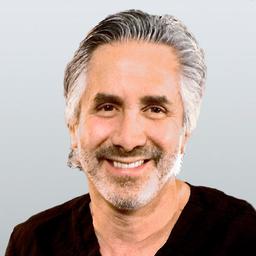I admit, I was nervous. I had about 30 minutes before I was needed in the operating room. My patient had active COVID-19, but needed emergency surgery. This was back in August 2020, pre-vaccine and mid-hysteria. I pushed the button for the basement. I hate basements.
As I walked in, the nurse was ready for me. I had to be form-fitted for my N95 mask. Form-fitting is critical for preventing any viral particles from sneaking in from the sides of the mask. I put the first one on. She then had me put a plastic hood over my head and upper body. She hooked up a tube and asked me to let her know if I sensed any bad smell or had any sour taste in my mouth. Within five seconds, I was sick from the sour taste in the back of my throat. She quickly stopped and we repeated the same test with another N95. This time, it took 30 seconds. Luckily the third N95 fit, with no sour taste or smell even after three full minutes.






